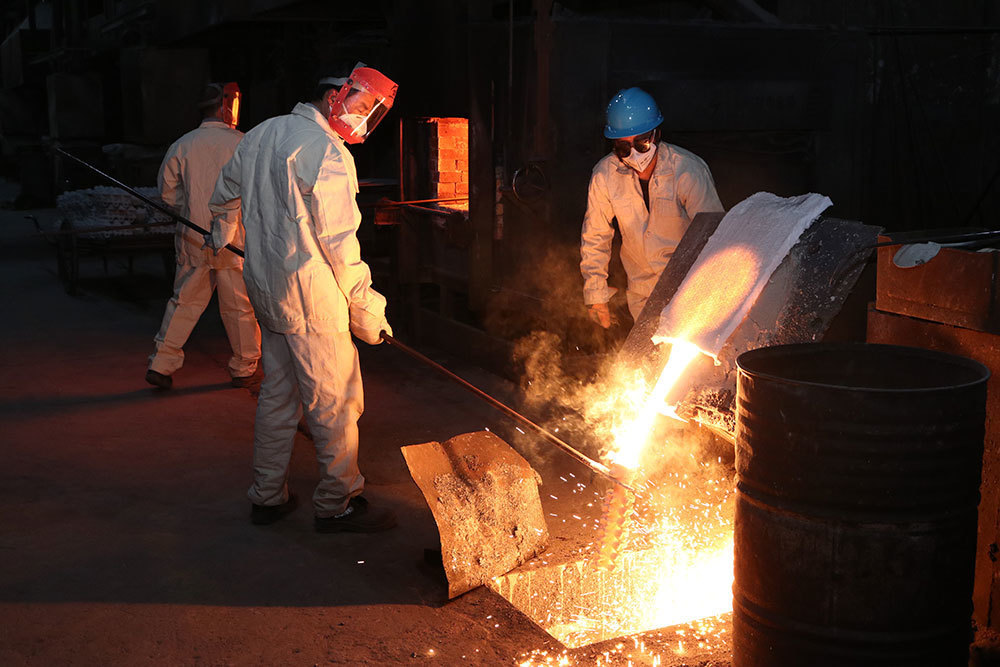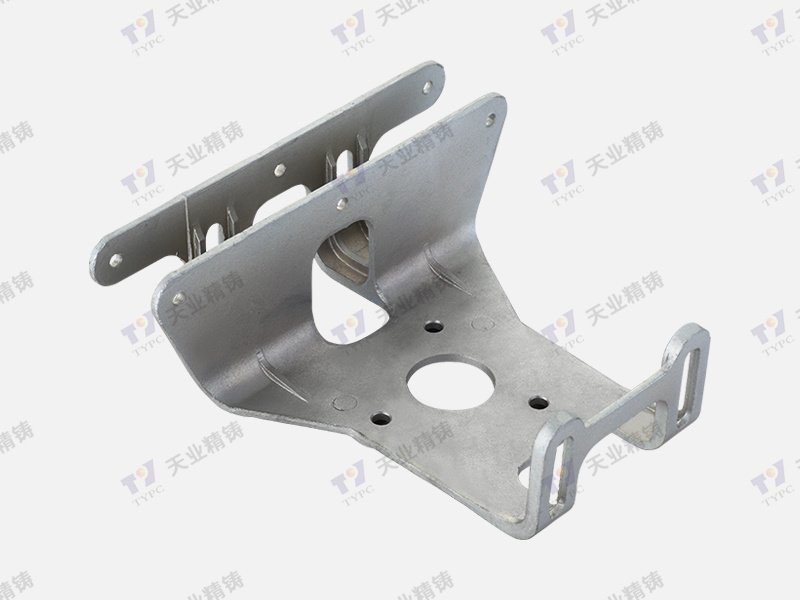2025-04-11
Elevating Quality Standards with Precision Investment Casting Technologies
Elevating Quality Standards with Precision Investment Casting Technologies
In today’s rapidly evolving industrial landscape, the demand for high-quality components has never been more critical. Precision investment casting technologies have emerged as a game-changer in the production of industrial equipment and components. This article explores how these advanced casting techniques elevate quality standards, their various applications, and the future of this innovative technology in manufacturing.
Understanding Precision Investment Casting
Precision investment casting, often referred to as lost-wax casting, is a manufacturing process that allows for the creation of complex metal parts with exceptional accuracy and surface finish. This method involves creating a wax model of the desired part, coating it with a ceramic material, and then melting away the wax to form a mold. Metal is then poured into the mold to produce the final product.
Key Advantages of Precision Investment Casting
1. **High Accuracy and Detail**: One of the primary benefits of precision investment casting is its ability to produce intricate designs with tight tolerances. This level of detail is particularly important in industries requiring complex geometries.
2. **Superior Surface Finish**: The process yields a smooth surface finish that often requires little to no secondary machining, reducing overall production time and costs.
3. **Material Versatility**: Precision investment casting can be performed with various materials, including stainless steel, aluminum, and titanium, making it suitable for diverse applications.
4. **Reduced Waste**: This process is highly efficient, with minimal waste generated compared to traditional casting methods.
5. **Scalability**: Once the initial mold is created, high volumes of components can be produced quickly, making it ideal for both small and large production runs.
The Role of Precision Investment Casting in Quality Assurance
Quality assurance is paramount in the manufacturing industry. Precision investment casting plays a crucial role in achieving and maintaining high-quality standards through several mechanisms.
Rigorous Testing and Standards Compliance
Precision investment casting manufacturers adhere to strict industry standards, ensuring that each component meets regulatory requirements. Rigorous testing, including non-destructive testing (NDT), is often conducted to verify the integrity and quality of each part.
Continuous Improvement through Technology
With advancements in technology, precision investment casting processes are continually refined. The integration of computer-aided design (CAD) and computer-aided manufacturing (CAM) enables manufacturers to optimize designs and streamline production, enhancing overall quality.
Applications of Precision Investment Casting in Various Industries
The versatility of precision investment casting allows it to be utilized across multiple industries, each with unique requirements.
Aerospace and Defense
In the aerospace and defense sectors, components must withstand extreme conditions while maintaining structural integrity. Precision investment casting provides solutions for complex parts like turbine blades, landing gear components, and various structural elements.
Automotive Industry
The automotive industry increasingly relies on precision investment casting for producing durable, lightweight components such as engine blocks, transmission cases, and suspension parts. The ability to create intricate designs aids in weight reduction without compromising strength.
Medical Devices
Precision investment casting is essential in the medical field, where reliability and precision are non-negotiable. Components for surgical instruments, orthopedic devices, and implants benefit from the high-quality production capabilities of this casting method.
Industrial Equipment
Manufacturers of industrial equipment leverage precision investment casting to produce highly efficient components such as pumps, valves, and fittings. The ability to create complex geometries enhances functionality and durability.
Energy Sector
In the energy sector, precision investment casting is utilized for various applications, including turbine components for wind and hydroelectric power. The durability and efficiency of these components are crucial for energy production.
Future Trends in Precision Investment Casting Technologies
As technology advances, precision investment casting is poised for further evolution. Here are some emerging trends that are set to shape the future of this industry.
Additive Manufacturing Integration
The integration of additive manufacturing (3D printing) with precision investment casting is a trend that is gaining traction. This combination allows for rapid prototyping and the ability to create more complex designs that were previously unattainable.
Smart Manufacturing and Industry 4.0
The advent of Industry 4.0 has introduced smart manufacturing techniques, including automation and data analytics. These technologies will enhance the efficiency and accuracy of precision investment casting processes, leading to improved quality and reduced production times.
Sustainability and Eco-Friendly Practices
With increasing pressure to adopt sustainable practices, precision investment casting manufacturers are focusing on eco-friendly materials and processes. Innovations in recycling and waste reduction are likely to play a significant role in the industry’s future.
Challenges Facing Precision Investment Casting
Despite its advantages, precision investment casting is not without challenges. Understanding these hurdles is crucial for manufacturers looking to implement or improve their casting processes.
Cost Considerations
While precision investment casting offers long-term savings, the initial setup and tooling costs can be significant. Manufacturers must weigh these costs against the benefits of enhanced quality and efficiency.
Material Limitations
Certain materials may not be suitable for precision investment casting, limiting options for specific applications. Continuous research and development are necessary to expand the range of materials that can be effectively utilized.
Technological Adaptations
Keeping up with rapid technological advancements can be daunting for manufacturers. Continuous training and investment in new technologies are required to stay competitive in the market.
Frequently Asked Questions (FAQs)
What is precision investment casting?
Precision investment casting is a manufacturing process used to create complex metal parts with high accuracy and smooth surface finishes using a wax model, ceramic coating, and metal pouring.
What are the advantages of precision investment casting over traditional methods?
The advantages include high accuracy, superior surface finish, reduced waste, material versatility, and scalability for both small and large production runs.
In which industries is precision investment casting commonly used?
Precision investment casting is utilized in various industries, including aerospace, automotive, medical devices, industrial equipment, and energy sectors.
How does precision investment casting ensure quality standards?
Manufacturers adhere to strict industry standards, conduct rigorous testing, and continuously improve processes through technology to ensure high-quality components.
What are the future trends in precision investment casting technologies?
Emerging trends include the integration of additive manufacturing, adoption of smart manufacturing practices, and a focus on sustainability and eco-friendly processes.
Conclusion
Precision investment casting technologies stand at the forefront of modern manufacturing, offering unparalleled quality and efficiency. As industries demand increasingly complex components, the ability to produce high-quality parts with precision will remain crucial. By embracing technological advancements and addressing existing challenges, manufacturers can continue to elevate quality standards through precision investment casting. The future of this technology is bright, paving the way for innovations that will redefine manufacturing excellence across multiple sectors.









